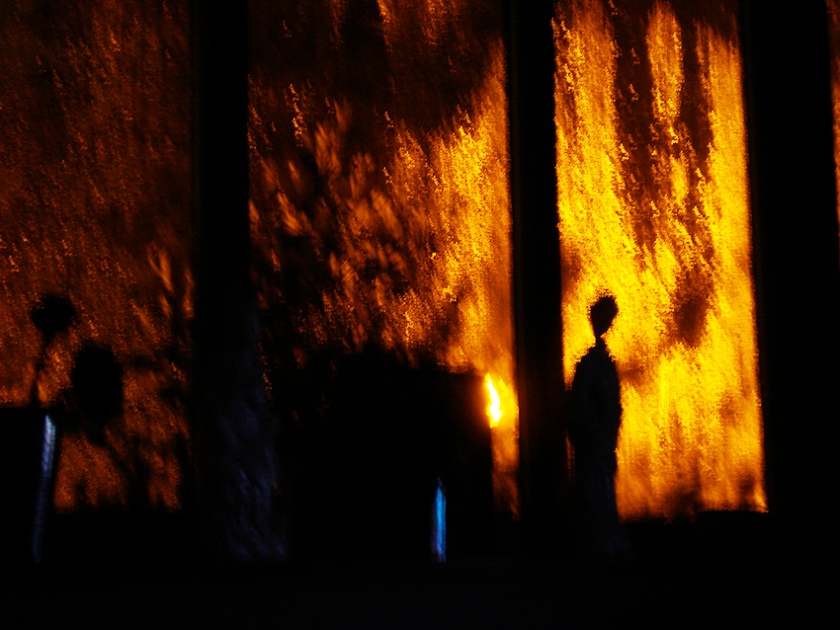
Tarkovsky said an artist should never try to convey her ideas to an audience, but should instead simply ‘Show them life, and they’ll find within themselves the means to assess and appreciate it.’ Coming from a storyteller whose works could hardly be described as lifelike, this advice would perhaps be better phrased ‘Show them a world, and let them explore it.’ That world doesn’t have to be true to life as long as it’s internally consistent, however perverse (consider Beckett’s plays, for example). Allen’s poetry passes this test – there are no documentary pegs jammed into surrealist holes, so to speak – though the audience still has to fend for itself.
Humphrey Astley on Rachael Allen’s Kingdomland
Theodor Adorno’s Aesthetic Theory:
Adorno’s claims about art in general stem from his reconstruction of the modern art movement. So a summary of his philosophy of art sometimes needs to signal this by putting “modern” in parentheses. The book begins and ends with reflections on the social character of (modern) art. Two themes stand out in these reflections. One is an updated Hegelian question whether art can survive in a late capitalist world. The other is an updated Marxian question whether art can contribute to the transformation of this world. When addressing both questions, Adorno retains from Kant the notion that art proper (“fine art” or “beautiful art”—schöne Kunst—in Kant’s vocabulary) is characterized by formal autonomy. But Adorno combines this Kantian emphasis on form with Hegel’s emphasis on intellectual import (geistiger Gehalt) and Marx’s emphasis on art’s embeddedness in society as a whole. The result is a complex account of the simultaneous necessity and illusoriness of the artwork’s autonomy. The artwork’s necessary and illusory autonomy, in turn, is the key to (modern) art’s social character, namely, to be “the social antithesis of society” (AT 8).
Adorno regards authentic works of (modern) art as social monads. The unavoidable tensions within them express unavoidable conflicts within the larger sociohistorical process from which they arise and to which they belong. These tensions enter the artwork through the artist’s struggle with sociohistorically laden materials, and they call forth conflicting interpretations, many of which misread either the work-internal tensions or their connection to conflicts in society as a whole. Adorno sees all of these tensions and conflicts as “contradictions” to be worked through and eventually to be resolved. Their complete resolution, however, would require a transformation in society as a whole, which, given his social theory, does not seem imminent…
…The priority of import also informs Adorno’s stance on art and politics, which derives from debates with Lukács, Benjamin, and Bertolt Brecht in the 1930s (Lunn 1982; Zuidervaart 1991, 28–43). Because of the shift in capitalism’s structure, and because of Adorno’s own complex emphasis on (modern) art’s autonomy, he doubts both the effectiveness and the legitimacy of tendentious, agitative, or deliberately consciousness-raising art. Yet he does see politically engaged art as a partial corrective to the bankrupt aestheticism of much mainstream art. Under the conditions of late capitalism, the best art, and politically the most effective, so thoroughly works out its own internal contradictions that the hidden contradictions in society can no longer be ignored. The plays of Samuel Beckett, to whom Adorno had intended to dedicate Aesthetic Theory, are emblematic in that regard. Adorno finds them more true than many other artworks.



You must be logged in to post a comment.